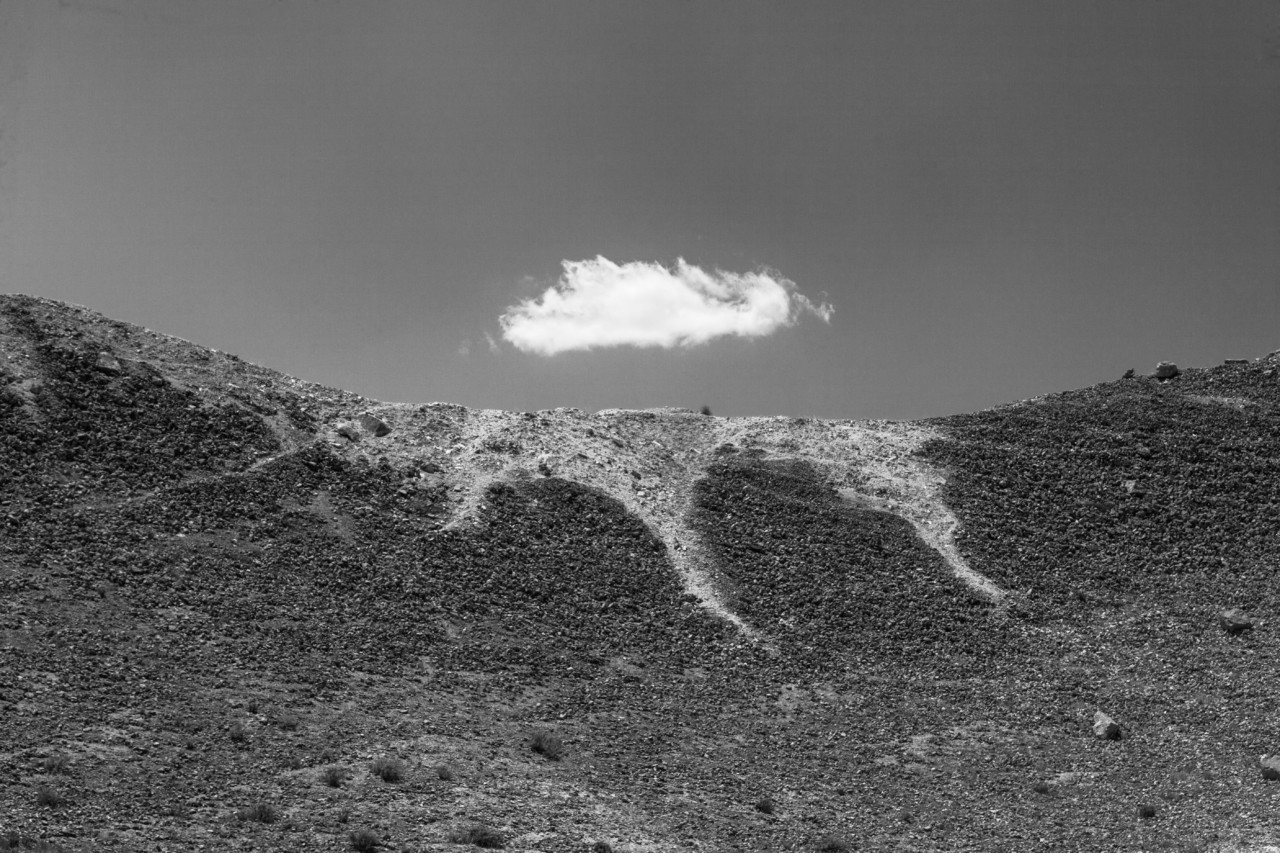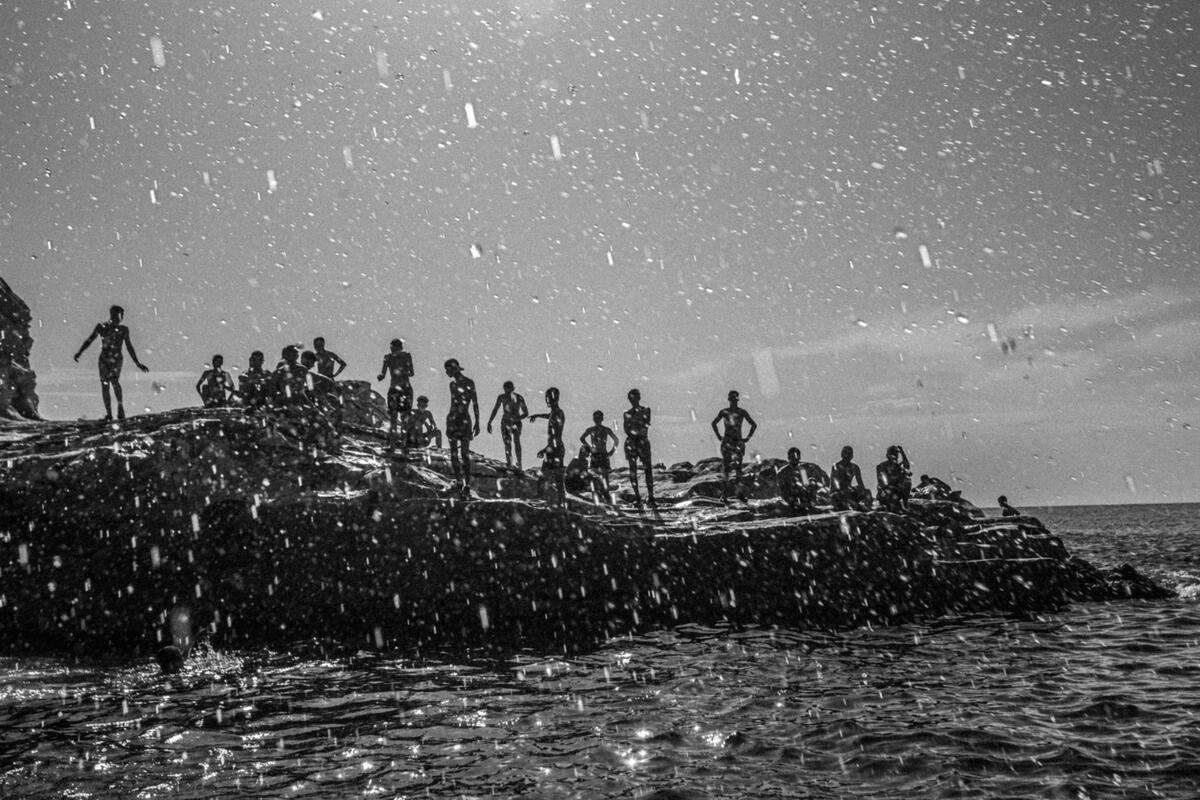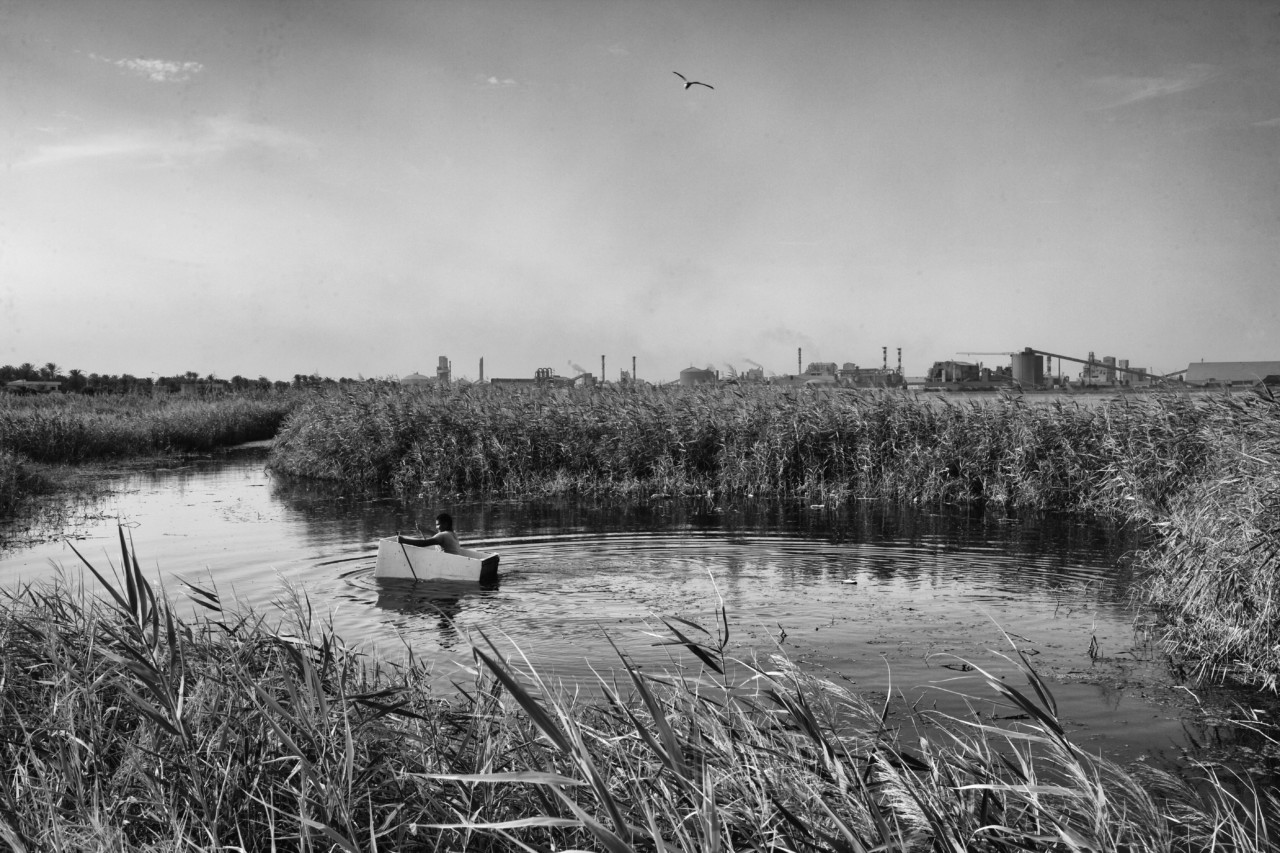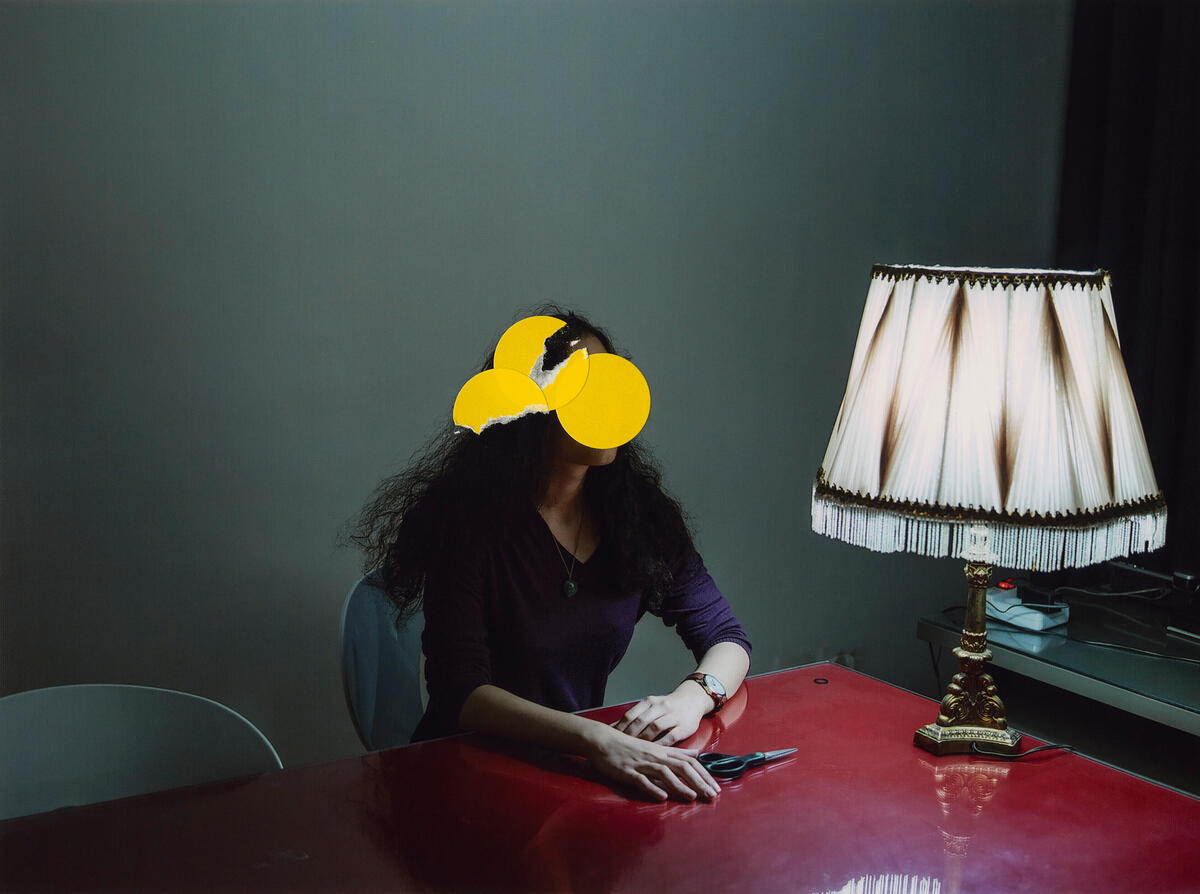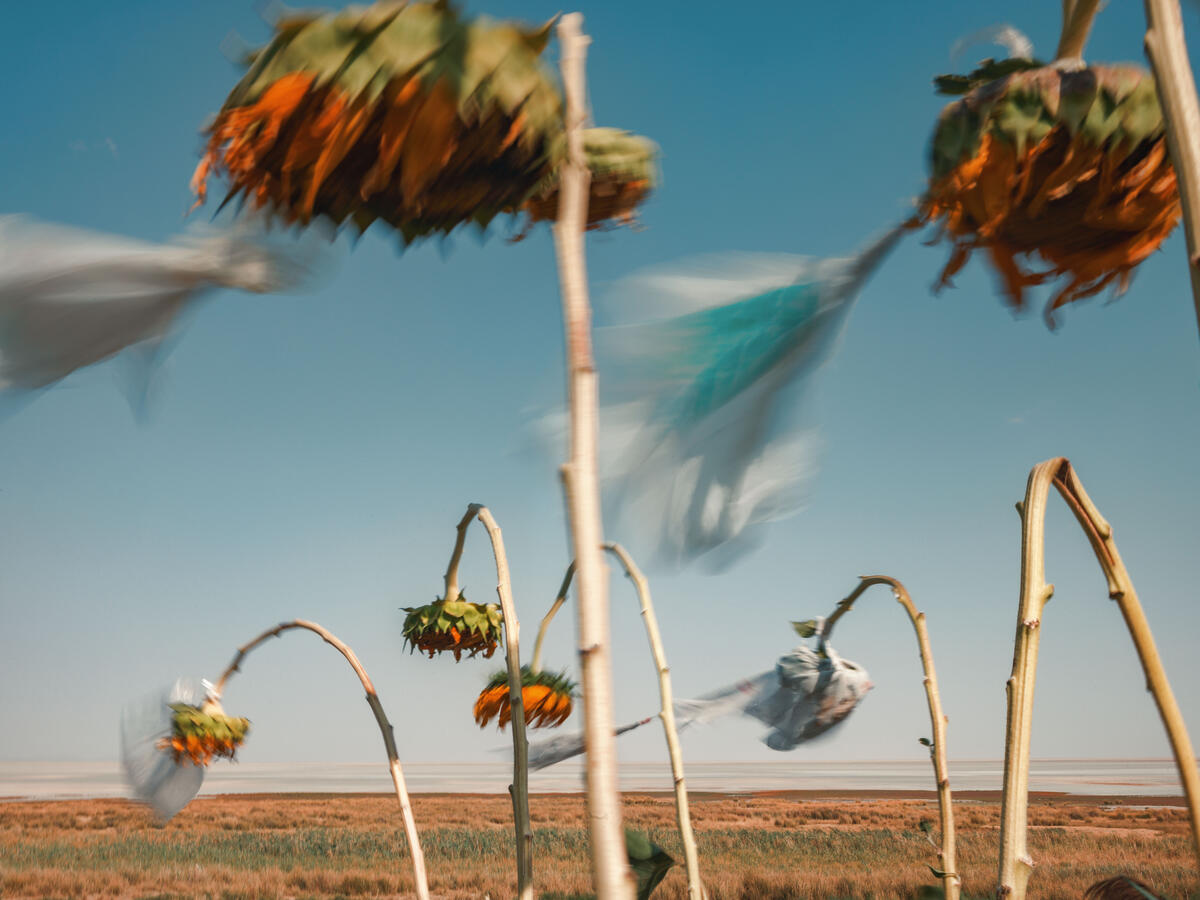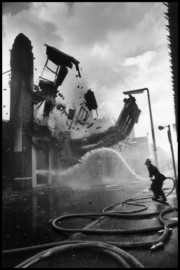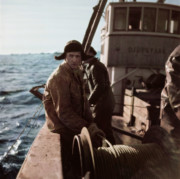When Ideas Become Visual
Newsha Tavakolian and Zied Ben Romdhane in conversation about each other's work and their summer course in Marseille
From August 11–29, Magnum photographers Newsha Tavakolian and Zied Ben Romdhane are combining forces to lead a three-week summer course in Marseille on France’s Mediterranean coast.
Tavakolian and Ben Romdhane invite photographers to immerse themselves in a new project, with Marseille as a dazzling backdrop. With substantial time for shooting, this course acts as an artist residency — participants will not only “speak, eat, sleep, and dream about photography,” as Magnum’s Global Education Director Sonia Jeunet says, they’ll also receive one-to-one sessions with Magnum photographers, gain a new network of peers, and step beyond their creative comfort zones. “It’s about pushing yourself to dig deeper into your feelings and your understanding of the world you’re living in,” says Tavakolian.
To set their mentorship in motion ahead of the course, Tavakolian and Ben Romdhane joined each other in conversation, moderated by Jeunet (watch the video below). Each photographer chose images from the other’s body of work, revealing their inspiration and process behind their projects.
“I was mesmerized by his gaze and how he sees the world,” Tavakolian recalls on seeing Ben Romdhane’s work for the first time. “You see in black and white and I see in color,” she said to him, “so it’s a nice combination.” Tavakolian chose Ben Romdhane’s images documenting the youth in Tunisia — a demographic that makes up about 40 percent of the population. “When the revolution started in Tunisia,” he said, “I was about 30. These youth grew up just after the revolution during a very sensitive period, characterized by political instability. So the project is about this in between; the dreams of the generation involved in the revolution and the reality today.”
Ben Romdhane spent time with this generation in order to better understand their experience. His dreamlike images evoke the generation’s existential conflict: “They find it very difficult to see their future in the country and the majority of them try to escape,” he says.
"The challenge in photography is how to translate those ideas into something visual."
- Zied Ben Romdhane
How can an image evoke a politically-charged, complex feeling? For Ben Romdhane, it starts with an idea. “I try to find a way to photograph this mental state by playing with the composition, the aesthetic, and the feeling of the image. The challenge in photography is how to translate those ideas into something visual.”
Such an alchemy, he explains, doesn’t happen overnight. “About 50 percent of the time it doesn’t work, so I go back, start editing and then shoot again. And maybe after about a year, I start having conversations with friends, […] people I trust.”
In 2018, Ben Romdhane published his debut photo book West of Life, a collection of arresting scenes of mining towns in eastern Tunisia, where chemical factories and phosphate mines loom on the horizon.
For Tavakolian, Ben Romdhane’s approach to emotional resonance directly relates to the summer course. “We have two kinds of photography which we will practice during the summer course: mirror photography and window photography,” she explained. “With mirror photography, you dive inside yourself. So it’s like a self-portrait, but you don’t take a picture of yourself, you take a picture of your feelings. With window photography, you look through the window and try to balance your own emotions with the outside world. To be honest, the most effective and beautiful projects that I’ve seen in the past 26 years as a photographer are a combination, when you mix these two together.”
Ben Romdhane chose to discuss one of Tavakolian’s photographs documenting the student uprising in Tehran in 2017. Fear and anxiety was spreading at the time: the government was arresting people based on images found online. “So I decided to hide their faces,” Tavakolian said, “and the first thing I had in front of me in my studio in Tehran was this sticker.” Unlocking fears and taboos is a thread running through Tavakolian’s work; she photographed her and her husband’s feet as a means to approach the subject of intergenerational trauma.
In 2024, Tavakolian arrived in Lagos, where she collaborated with local communities to make a 20-minute film called “Waking up in Lagos, Bruised.” The image Ben Romdhane chose features artist Akitu Jalili and dancer Hermes, joined by a group of women praying to the water at dawn. Tavakolian’s initial plan for the project took a more experimental form: she asked Hermes and a female singer to perform their own interpretations of Lagos itself. Her project was part of the collaborative, cross-cultural exhibition Beyond the Silence.
"I see this as an investment for you. When I was a younger photographer, I also went to workshops and I looked at it as an investment to improve."
-
Magnum Summer Course
August 11–29
Each participant will create a book dummy of their work produced during the course, from building a narrative to final sequencing. Through invaluable guidance from Tavakolian and Ben Romdhane, and personalized feedback from group reviews, participants will leave with a project that reflects their artistic voice, driven by their own creative compass.
For three weeks, the participants’ home will be Le Couvent, a creative oasis for artists in the heart of Marseille’s Belle de Mai district. This dynamic neighborhood is a multicultural mosaic, famous for La Friche — a cultural center housed in a converted tobacco factory. Le Couvent and its idyllic garden provide the perfect setting for experimentation, reflection, and creative breakthroughs.
Special guests will be sharing their knowledge throughout the course, providing a range of professional insight. Magnum photographers Bieke Depoorter and Salih Basheer will share their expertise, and Lewis Chaplin, co-founder of the award-winning publishing house, Loose Joints, will lead a book dummy masterclass. Marseille-based photographer and filmmaker Julia Gat and members of Solar, a collective of women photographers in Marseille, will bring their experience to the table.
Advice for Participants
Tavakolian and Ben Romdhane’s course is a deep dive into each participants’ personal creative process. Whether Marseille is a new urban landscape to discover or a familiar terrain, Tavakolian encourages participants to “do their research” before jumping into their project. “Research is the most important part of being a photographer,” she said. Ben Romdhane added that uncovering what “excites your mind” and exchanging with peers will be at the forefront of the course. While the mentors will cover photographic technique, it isn’t the main aim: “You can come with the simplest camera with one lens,” Tavakolian said. She added, “I see this as an investment for you. When I was a younger photographer, I also went to workshops and I looked at it as an investment to improve.”
What mindset should participants have when they come to the course? “Open-minded,” said Tavakolian. “Bring your curiosity with you. I’ve been doing workshops for some years now, and at the end it’s emotional. And you will experience it yourself.” Ben Romdhane noted that a willingness to share your own personal practices is also an asset.
Sofia Abechir, the Course Leader, also shares her vision for the course: “My hope for this workshop is that participants leave with a deeper, more expansive perspective on photography and art — one that encourages introspection, sparks curiosity and invites them to question, and explore the meaning behind artistic expression.”
The benefits of the workshop extend beyond three weeks: participants come away with essential tools to put into practice, personalized feedback to reflect on, and a group of peers who can support them on their journey.



